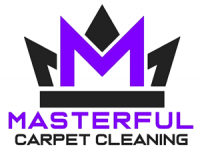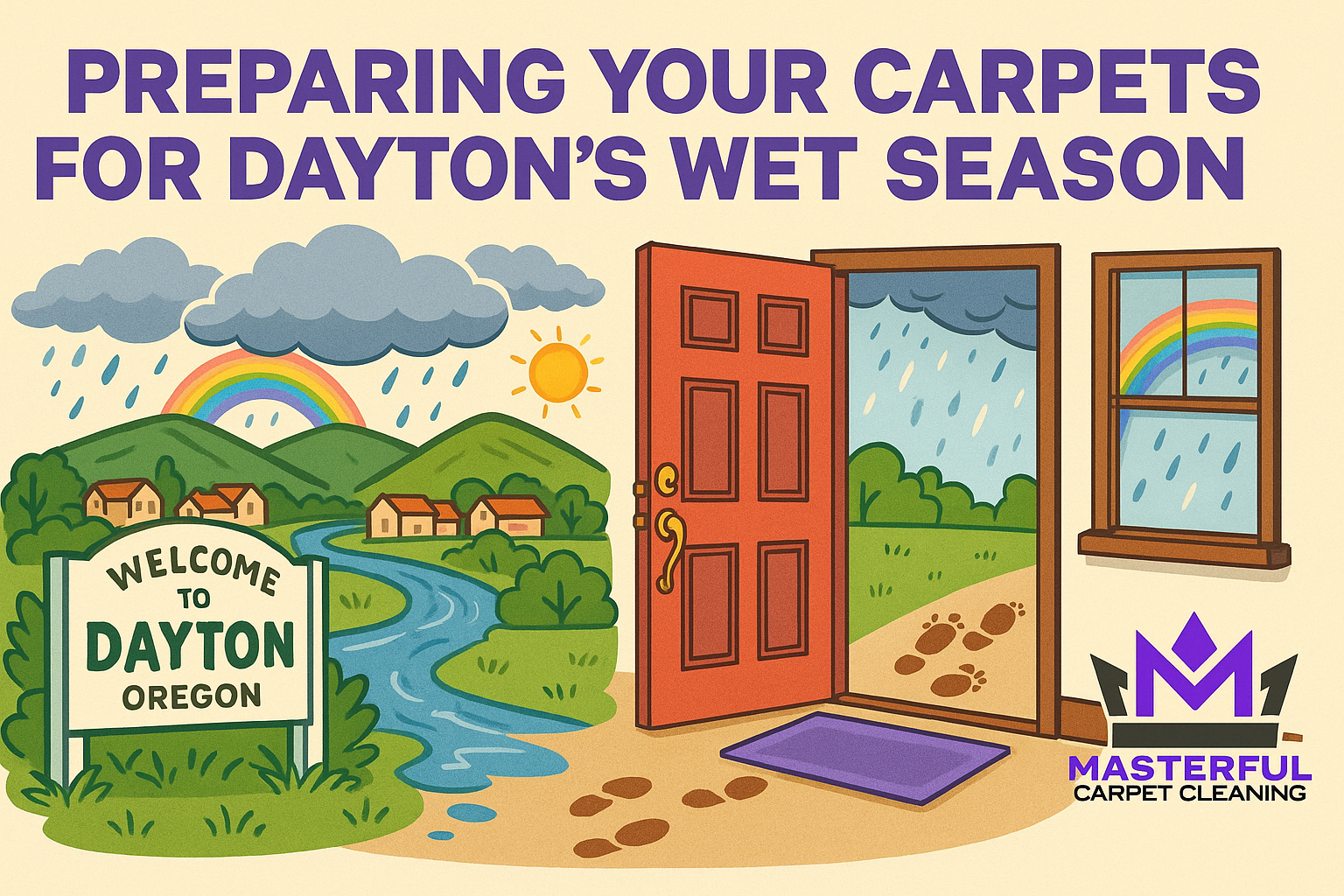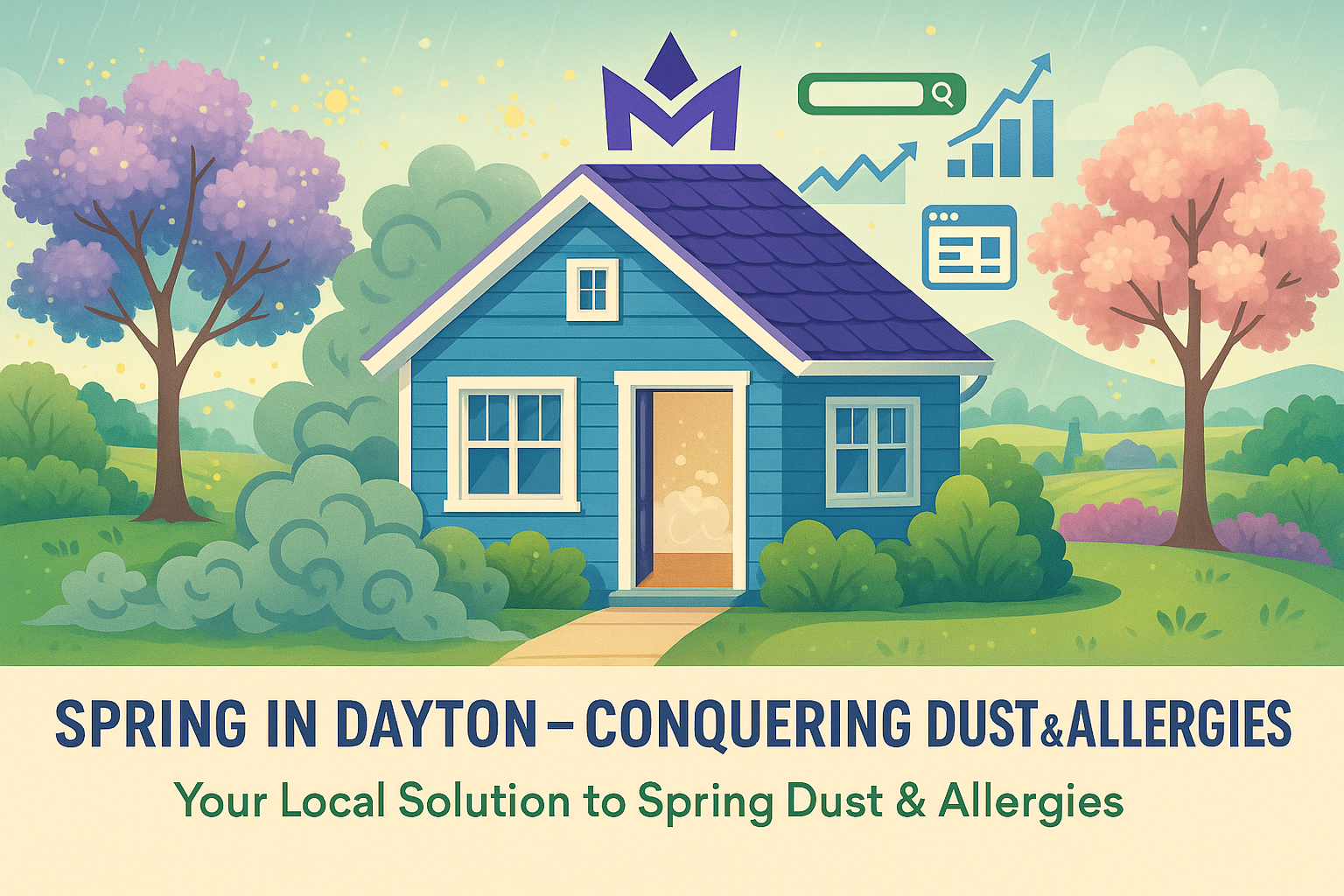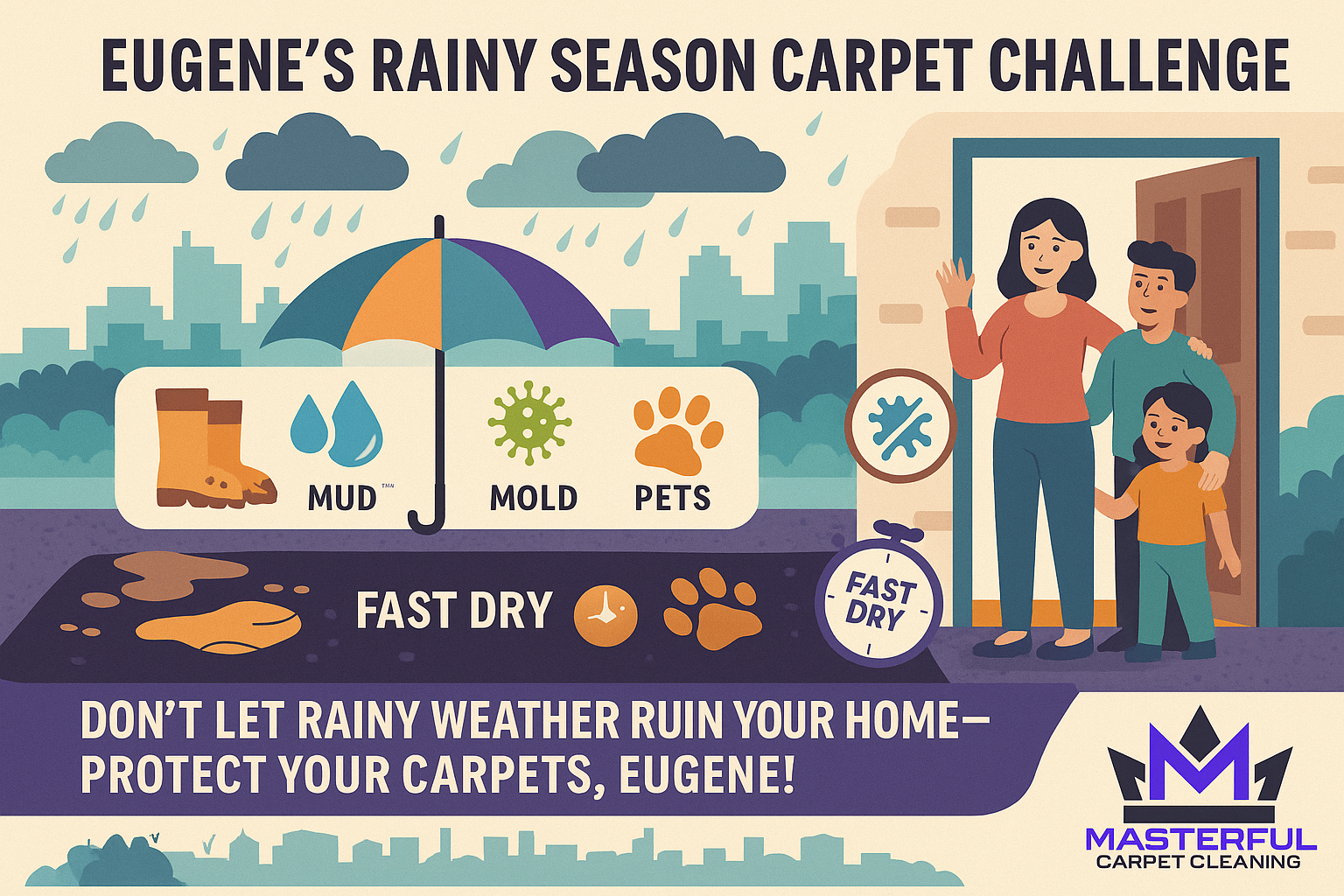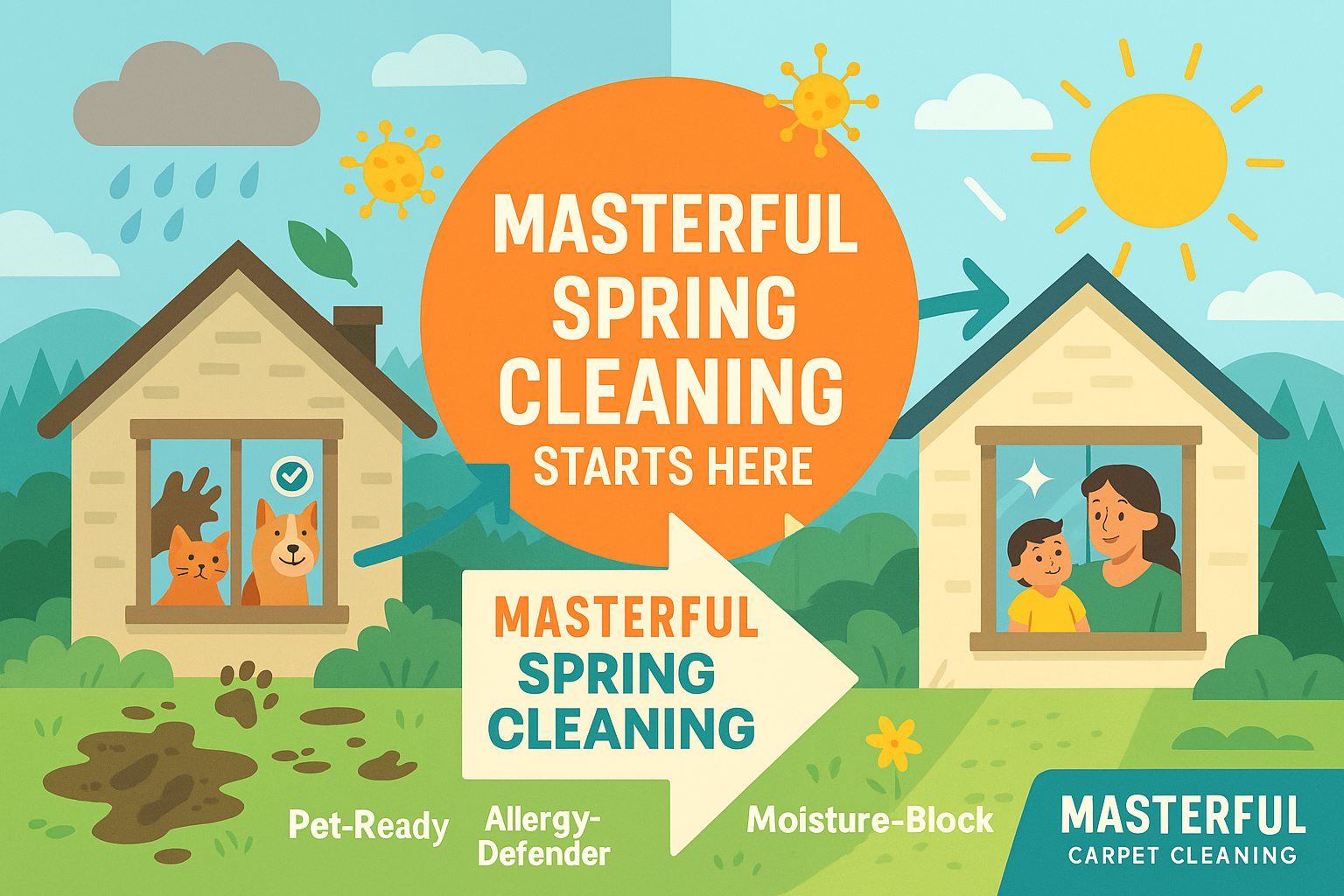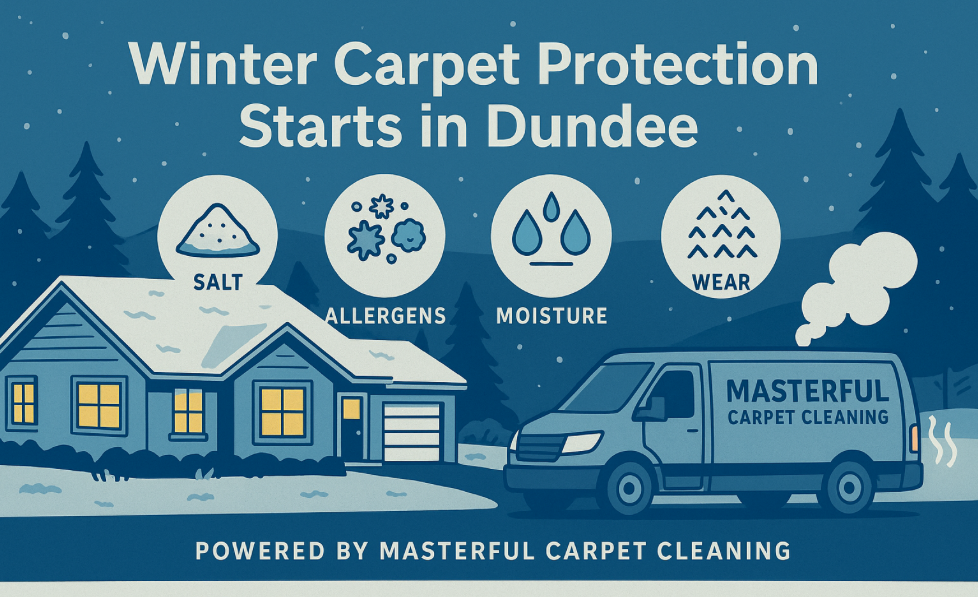The Right Way to Clean Hardwood Floors: A Comprehensive Guide

Hardwood floors, a symbol of elegance and durability in homes, necessitate a regimented approach to maintenance.
This necessity extends beyond aesthetic considerations, embedding itself deeply into the longevity and integrity of the flooring. Regular, appropriate cleaning plays a pivotal role in preserving the hardwood’s condition, ensuring it remains a testament to both beauty and endurance over time.
Cleaning as Integral to Maintenance
The relationship between cleaning and maintenance of hardwood floors is tightly interwoven. Effective cleaning practices are not merely superficial routines but foundational elements that sustain the wood’s aesthetic and structural integrity.
They serve to enhance the floor’s appearance and prevent the deterioration of its quality. Homeowners, renters, and cleaning enthusiasts alike must recognize that diligent cleaning is key to maintaining the exquisite appearance and prolonging the life of their hardwood floors.
Addressing Key Questions on Maintenance
- Why is proper maintenance critical for hardwood floors? The criticality of maintenance lies in its ability to prevent damage and extend the floor’s life. Regular cleaning, as an integral part of maintenance, keeps the floors in optimal condition, safeguarding against elements that could cause deterioration.
- How does regular cleaning affect floor longevity? Regular cleaning is a cornerstone in maintaining the floor’s structural integrity. It mitigates the risks posed by dirt, grime, and moisture, thereby playing a significant role in extending the lifespan of hardwood floors.
The maintenance of hardwood floors demands a balanced approach that marries the preservation of natural beauty with the pursuit of enduring quality.

Tools and Supplies for Cleaning Hardwood Floors
The cornerstone of hardwood floor maintenance is the regular removal of dust, dirt, and pet hair. To this end, certain tools are indispensable:
- Mops: A mop with a large, flat head fitted with a microfiber cloth pad, such as the Swiffer Sweeper, is highly recommended. These pads, with tiny synthetic fibers, reach into the grooves of wood floors to pick up and hold dust without scratching the wood.
- Mop Pads: It’s advisable to have two separate microfiber mop pads – one for dusting and another for applying the cleaning solution. This prevents the mixing of dust with the cleaning solution, ensuring a thorough cleaning. A sturdy-handled mop is necessary to evenly distribute the cleaning solution across the floor.
- Brooms: For those who prefer sweeping, a broom with synthetic fiber ends is effective in trapping dust and preventing it from resettling on the floor.
- Vacuums: When vacuuming, use a floor-brush attachment and avoid the beater bar, as its rotating brush can dent wood floors. Pay special attention to nooks where adjacent floorboards meet, as these are common hiding spots for trapped dust.
Cleaning Solutions and Techniques
- Appropriate Cleaning Solutions: Select a cleaner specifically meant for hardwood floors. Using an unsuitable cleaner can be damaging. Many brands produce quality hardwood cleaning solutions that are safe for families, pets, and the environment. Some top-recommended products include:
- Bona Refill Hardwood Floor Cleaner
- MURPHY Oil Soap Wood Cleaner
- Better Life Naturally Dirt-Destroying Floor Cleaner
- Weiman Hardwood Floor Cleaner and Polish Restorer Combo
- Black Diamond Stoneworks Wood & Laminate Floor Cleaner.
- Safety with Cleaning Ingredients: Avoid cleaners with strong, corrosive ingredients like nitric acid or sodium hydroxide, which can strip the hardwood floor’s finish. Instead, opt for non-corrosive ingredients like water and citric acid.
- Types of Cleaners:
- Spray Cleaners: Suitable for smaller areas or spot cleaning, they distribute mist onto the floor to be wiped off with a cloth or mop.
- Squirt Cleaners: These dispense a larger pool of cleaner and are versatile for both small and large areas.
- Refillable Cleaners: Used with a cleaning device like a mop or vacuum cleaner, these are not recommended to be poured directly onto the floor to avoid excessive application.
Advanced Cleaning Techniques
- Steamers: For sealed hardwood floors, steamers provide an ideal clean shine by steaming away the leftover cleaning solution. They are especially useful after thorough cleaning.
- Specialized Techniques: For tough stains like oil, food, wax, gum, water, ink, and pet stains, specific methods are recommended:
- Oil stains: Use trisodium phosphate (TSP) diluted in water and gently work it into the stain with a cloth.
- Food stains: Carefully scrape off with a plastic knife and clean with a slightly dampened cloth.
- Wax and gum: Use ice to harden the substance before scraping it off.
- Water, ink, and pet stains: Use extra-fine sandpaper and steel wool wet with mineral spirits, followed by hardwood floor wax.
Equipping oneself with the right tools and supplies is key for effectively cleaning and maintaining hardwood floors. Understanding the specific needs of your floor’s finish and using suitable cleaning methods will ensure the longevity and beauty of your hardwood floors.

Daily Maintenance for Hardwood Floors
Promptly Addressing Spills
Immediate attention to spills is essential in hardwood floor care. Food, water, and drink spills, common in households with children and pets, can lead to dark stains and wood damage.
Liquids can cause wood to swell and shrink, while acidic or hot spills might eat into the finish. It’s advisable to clean spills instantly with a dry or slightly damp mop or cloth, avoiding the use of wet mops or steam mops that could harm the wood, especially if it’s not properly sealed.
Daily Sweeping or Dusting
Daily dusting or sweeping is fundamental for maintaining the beauty and hygiene of hardwood floors. Dust, which forms and spreads constantly, settles on floorboards and into the grain, dulling the floor’s appearance over time.
A daily dusting schedule is recommended, even if dust is not visibly apparent. Utilizing a soft-bristled broom or a dry microfiber cloth is ideal for attracting and collecting dust particles without dispersing them into the air.
Modern dust mops designed for hardwood floors also offer this feature, making them a valuable tool in daily maintenance routines.
Weekly Vacuuming
Vacuuming hardwood floors weekly helps collect any dirt or dust particles missed during daily sweeping. This practice is also beneficial for reducing allergens such as pet hair and tiny dust particles.
When vacuuming, it is advisable to use vacuums recommended for hardwood floors to avoid causing scratches. For those who find manual vacuuming tedious, robot vacuums, such as Roomba, are an efficient alternative.
These devices can be scheduled to clean in your absence, offering both convenience and effectiveness.
Monthly Deep Cleaning
Deep cleaning hardwood floors monthly is strongly advised for removing ingrained dirt and ensuring the floors smell fresh. Utilize cleaners specifically designed for hardwood floors, such as Bona, and carefully follow the instructions provided by each cleaner.
For floors sealed with polyurethane, a steam mop designed for hardwood floors can be used, but it’s essential to avoid overheating the steam. Steaming also disinfects the floors by killing germs and harmful microorganisms. Always adhere to the manufacturer’s instructions to prevent damage.
Quarterly Polishing
Over time, hardwood floors may exhibit tiny dents and light scuff marks, especially in homes with pets or active children. Polishing the floor every three months is an effective and economical way to restore its appearance.
Hardwood floor polish and restorer can fill in small scratches and dents, rejuvenating the floor’s look. If the surface finish is significantly damaged, recoating or sanding and refinishing might be necessary.
For floors under three years old and in good condition, polishing is usually sufficient.
Daily maintenance of hardwood floors involves a combination of immediate spill cleaning, regular dusting, weekly vacuuming, monthly deep cleaning, and quarterly polishing.
By adhering to these practices, homeowners can ensure their hardwood floors remain beautiful, hygienic, and in excellent condition for years to come.

Weekly Cleaning for Hardwood Floors
Thorough Dust Removal
Weekly cleaning of hardwood floors should begin with a comprehensive dust removal process. Utilizing a microfiber mop or cloth, which attracts and holds dust particles, is essential.
This step ensures that larger particles, often missed during daily maintenance, are effectively captured, thereby preventing any potential scratching of the floor surface.
Vacuuming for Deeper Clean
Following dust removal, vacuuming is important. A vacuum with a hardwood floor setting or attachment should be used to prevent scratches. Vacuuming not only removes the finer dust particles but also tackles allergens and pet hair, contributing to a healthier living environment.
Mopping with Care
The next step is mopping. It is imperative to use a mop with a microfiber head and a cleaning solution specifically formulated for hardwood floors. The mop should be damp, not wet, to prevent excess moisture from damaging the wood.
A gentle, pH-neutral cleaner is recommended to preserve the floor’s finish. This cleaning should be thorough, focusing on high-traffic areas while ensuring that the mop is consistently rinsed to avoid spreading dirt.
Addressing Specific Stains and Spots
Spot cleaning should also be a part of the weekly routine. For any stains or spots noticed during the week, use a cleaner appropriate for hardwood floors, applying it directly to the stain and gently wiping it away with a soft cloth.
Final Touches: Drying and Buffing
Finally, after mopping, it is important to dry the floor thoroughly using a clean, dry microfiber cloth. This prevents any standing water from seeping into the seams of the wood, which can cause warping or damage.
Once the floor is dry, a quick buff using a soft, dry cloth can restore shine and remove any remaining cleaning residue.
Weekly cleaning is a vital step in hardwood floor maintenance, encompassing dust removal, vacuuming, careful mopping, spot cleaning, and thorough drying and buffing. By adhering to these steps, homeowners can ensure their hardwood floors remain in excellent condition, showcasing their natural beauty and durability.

Special Treatments for Hardwood Floors
Advanced Care: Beyond Regular Cleaning
Embracing Restorative Techniques
- Polishing for Renewed Shine: Polishing is a vital treatment that restores the natural shine of hardwood floors. It involves applying a specialized polish that fills in minor scratches and scuffs, rejuvenating the floor’s appearance. The process should be done with care, using products specifically designed for hardwood floors to ensure that the floor’s aesthetic quality is enhanced without causing damage.
- Scratch Repair for Preservation: Scratch removal is another important aspect of special treatments. Utilizing scratch repair kits or products tailored for hardwood can significantly diminish the visibility of scratches, preserving the floor’s overall appearance. The application of these products should be precise and according to the manufacturer’s instructions to achieve optimal results.
Protective Measures
- Applying Sealants for Long-Term Protection: To further protect hardwood floors from wear and tear, applying a sealant can be beneficial. Sealants provide a protective layer that guards against moisture, stains, and scratches. This treatment is especially useful in high-traffic areas or in homes with pets and children.
- Utilization of Area Rugs: In addition to treatments applied directly to the floor, using area rugs in high-traffic zones can significantly reduce wear. Rugs not only add an aesthetic element to the room but also serve as a protective barrier for the hardwood underneath.
Special treatments for hardwood floors, such as polishing, scratch repair, and the application of sealants, play a pivotal role in extending the life and beauty of the flooring.
By integrating these treatments into regular maintenance routines, homeowners can ensure that their hardwood floors remain a stunning and durable feature of their homes.
These advanced care techniques, coupled with the use of protective measures like area rugs, contribute to the long-term preservation and enhancement of hardwood floors.

Steering Clear of Common Hardwood Floor Pitfalls
Identifying and Avoiding Mistakes
- Using Excessive Water: One of the most common mistakes in cleaning hardwood floors is using too much water. Hardwood is susceptible to water damage, so it’s very important to use a damp mop instead of a wet one. Excess water can cause the wood to swell, warp, or discolor.
- Choosing Incorrect Cleaning Products: Avoiding the use of harsh chemicals or abrasive cleaners that can strip the finish off the floors is essential. Instead, opt for pH-neutral, hardwood-specific cleaners to maintain the floor’s integrity.
- Neglecting Regular Maintenance: Skipping regular dusting, sweeping, or vacuuming allows dirt and grime to accumulate, which can scratch and dull the floor’s surface over time. Consistency in maintenance is key to preserving the floor’s appearance.
- Improper Use of Wax or Polish: Applying wax or polish incorrectly can lead to a buildup that attracts more dirt or creates a cloudy appearance. It’s important to use these products sparingly and according to the manufacturer’s directions.
- Ignoring Manufacturer’s Instructions: Not following the manufacturer’s instructions for care and maintenance can lead to unintentional damage. It’s vital to adhere to these guidelines to ensure the longevity of the floors.
Preventative Measures for Floor Care
Incorporating a proactive, preventative approach to floor care can significantly mitigate the risk of damage. Understanding and avoiding these common mistakes will aid in maintaining the hardwood floors’ beauty and longevity.
By fostering awareness and adopting a cautious and informed approach to floor care, homeowners and caretakers can effectively prevent potential damage to their hardwood floors.

Key Insights for Maintaining Hardwood Floors
The maintenance of hardwood floors is a detailed and ongoing process, imperative for preserving their beauty and extending their lifespan.
Final Checklist for Hardwood Floor Cleaning:
- Regular Dusting and Mopping: Use appropriate tools like microfiber mops and cloths.
- Weekly Vacuuming: Employ hardwood-safe vacuums to remove deeper debris.
- Periodic Deep Cleaning: Utilize recommended hardwood floor cleaners.
- Special Treatments: Implement polishing and scratch removal as needed.
- Preventative Measures: Avoid common mistakes such as excessive water use and improper cleaning products.
For those seeking expert assistance in floor maintenance, Masterful Carpet Cleaning offers professional services tailored to hardwood floor care.
Call us today for specialized support that aligns with the best practices outlined in this guide, ensuring your hardwood floors remain in impeccable condition.
Author
-

As the Co-Owner of Masterful, Randy has been providing quality cleaning services to the Salem and Portland areas of Oregon for many years. He has built a reputation for excellence in the industry. His team take prides in using the latest cleaning techniques and technologies to deliver exceptional results every time.
View all posts
